I could try to convince you about the many virtues of Kochi Prefecture (高知県), but instead, I’ll leave that to Kenneth Mukai, the transplant from Southern California who is now owner of Kochi’s newest craft beer brewery.
We met Kenneth serving us beer tastings at his Blue Brew Taproom, tucked away in the mountains of Niyodogawa (仁淀川町). “Tucked away” is a polite understatement; Lewis and Clark would have had some trouble locating Blue Brew in the dense forests along the Nakatsu River, a tributary of the locally famous Niyodo River. Kenneth said he chose the location partly because of the renowned purity of the Nakatsu water. But that didn’t explain why this long-tenured former school teacher left his job in Los Angeles a year-and-a-half ago to open a craft brewery in one of the most remote places in Japan.
To put it simply, Kenneth loves Kochi, everything about it. Since coming to Kochi on short stints coaching basketball camps for over 20 years, Kenneth’s fondness for Kochi and its friendly people grew until finally, at the constant urging of a friend to make his beer brewing hobby into a full-time career in Kochi, he took a leap of faith. Today, Kenneth is the proud owner of Kochi’s newest craft beer brewery and, in my opinion, one of the best sweet potato stouts on the planet.
If Kochi is good enough to make a Southern Californian turn his life on end to move there, it should at least be good enough for a visitor to Japan to spend some time exploring. Here are some recommendations of just a few of Kochi’s offerings that no traveler should miss out on.
Things to See Around Kochi City
With a population of around 330,000, Kochi city is home to nearly half of the prefecture’s residents but retains many of the charms of its long history, not the least of which is Kochi Castle.
Kochi Castle: One of Japan’s Last Remaining Original Castles
When the Meiji government took power from the Shogunate in the late 19th century, Japan’s feudal system was literally dismantled; almost all castles in Japan were required to be destroyed. From several thousand castles, only 12 castles remaining in Japan are considered original structures with an intact main keep, Kochi Castle being one of them. It is also the only castle remaining in Japan with both its original keep and residence where the daimyo lord of the castle lived.
The location of Kochi Castle on Otakasa Hill, along with its high fortified stone walls, makes the castle appear more formidable than it actually is. There was even a false gate constructed where arrows, rocks, and boiling water could rain down on attackers before they realized the door they were trying to force open led nowhere. But in fact, no battles were ever waged against the castle, leaving it in the pristine condition it is in today.
When you reach the top of the hill, you realize that what Kochi Castle lacks in stature, it makes up for in regalness. It stands stoically keeping watch over its city as it has for centuries, and it’s easy to imagine why nobody ever tried to pick a fight with it during its 400-year reign.
The castle’s grounds are a public park planted with scores of cherry trees that make it the prime location for locals to celebrate hanami (cherry blossom viewing parties) with plenty of alcohol each Spring. The view from the top floor of the castle keep is fantastic any time of the year, and as one of the castles without a safety net wrapped around it, presents a prime opportunity for panoramic photos of Kochi city.
Hirome Market: Where the Locals Eat and Drink
Feel a rumble in your tummy after your stroll around the castle grounds? Take a short walk to Hirome Market, a culinary destination for locals and tourists alike. This slightly chaotic collection of 60 vendors is mainly focused on eating, although you can find some cheap souvenirs and even a shop with a gaudy collection of trucker hats here if you’re in a pinch.
But the thing about Hirome Market is how Kochi it is. Long picnic table seating is meant to be shared with strangers, who, after your third beer, may not be strangers any longer. And if you desire, you will drink a lot of beer (or sake) here, as the locals do, to wash down that insanely delicious local Kochi fare.
The Hirome Market stalls sell a large variety of inexpensive dishes that are meant to be easily eaten… and shared. Gyoza dumplings, fried karaage chicken, makizushi (sushi rolls), and yakitori (grilled chicken skewers), to name a few. But the famous food making an appearance on everyone’s table is katsuo no tataki, bonito tuna seared over straw-fed flames, with a smoky flavor complemented by thinly sliced garlic, wasabi, and a squeeze of sudachi citrus juice. While katsuo no tataki might be found all over Japan, Kochi is where you come to see and taste how it is done right.
Meditative Experiences at Chikurin-ji Temple
If your meal at Hirome Market has bordered on gluttony, perhaps a spiritual experience will help set your soul at ease. Shikoku is famous for its 88 Temple pilgrimage following a 1,200-kilometer circular route around the island. Chikurin-ji temple in Kochi city is the 31st temple on the pilgrimage route and one of its most beautiful.
Located on Mt. Godai just above the Kochi Prefecture Botanical Gardens, Chikurinji features a five-story pagoda on its lovely forested grounds. While you are free to stroll the main grounds for free and enjoy views of the buildings, there is a 700-year-old garden designated as a National Place of Scenic Beauty that can be viewed for a small fee and should not be missed. You can even sit and contemplate the view from inside one of the buildings, as the garden was designed for.
Yamada-san met us near the entrance of the temple grounds and led us up the temple’s ancient set of mossy stairs to Monju Hall, the temple’s main hall. He had become a monk ten years ago after a brief stint working at a publishing company. Even in high school, Yamada-san dreamed of becoming a monk, mainly from his interest in Buddhism’s history in Japan, but later, he learned to appreciate its spiritual aspects as well.
Yamada-san led us through an experience copying Buddhist sutras, which is meant to be a time to meditate on the wisdom of Buddha’s teaching while enjoying the practice of writing in Japanese with sumi ink and a calligraphic brush known as a fude. Yamada-san explained that our technical skill was unimportant but that we should only desire to do our best. The goal, he explained, is to simply do it better than we had done it previously, and do it wholeheartedly.
Sutra copying is just one of the experiences you can schedule at Chikurin-ji. Meditation sessions and tours of the temple can also be reserved by sending an email before your visit. I could have talked for hours to Yamada-san about his life as a monk and how he came to be at Chikurin-ji, but that would have to wait for another time. There was much more Kochi waiting to explore.
Exploring the Rest of Kochi Prefecture’s Natural Beauty
Outside of the cities, Kochi consists mainly of dense mountain ranges fed by pure mountain streams originating from underground sources. The Shimanto River is one of those, the only river left in Japan that is undammed. Along this pristine river, we stayed at the new hotel, Seiran no Sato.
Seiran no Sato had the misfortune of debuting amid the COVID pandemic in Japan, so by the time we stayed here months later, it still felt like it was brand new. 6 rooms are designed with modern luxury in mind, each facing the Shimanto River with its own private deck. The rooms combine natural Japanese minimalism and Western comfort, with comfortable beds rather than Japanese futons. Amenities include a deep Japanese-style bath for soaking in comfort, a collection of luxurious toiletries, and of course, the coveted top-of-the-line automated Japanese toilet, that does everything except vacuum the floor (or maybe it does and I didn’t notice the button for it).
The hotel features an open kitchen where the diligent staff prepares dinner and breakfast using local produce and other ingredients. Our meals leaned toward Japanese style with some Western touches, but Western breakfast also seems to be available sometimes.
We woke at daybreak to take an impromptu hike to the headwaters of the Shimanto River, which spring from underground a few kilometers up the mountain. A local tourism company graciously loaned us a tuk-tuk which we road up the mountain to the trailhead. From there, it was about a 45-minute hike to the headwaters. As we walked, the sun rose in a fiery crimson hue illuminating the trail through the forest. Although I had not intended to take a 6:00 am hike in the mountains, it turned out to be a refreshing way to start a day in Kochi.
After breakfast, the hotel staff encouraged us to enjoy an activity they dubbed “chairing.” While this might sound about as fun as leading a meeting of the PTA, “chairing” at Seiran no Sato is a different experience entirely. It involves taking an outdoor folding chair to the river and sitting in the middle of a shallow area while enjoying a nice beverage or perhaps the morning paper. And it’s even better with a friend or loved one to enjoy the experience with.
Yusuhara: Home to Modern Japanese Architecture by Kengo Kuma
Architect Kengo Kuma has designed so many memorable buildings over the past few decades that it is difficult to remember when he wasn’t famous. But there was a time when Kuma was just an up-and-comer, and it was during that period of his career when he made his first visit to Yusuhara, a visit that some might say changed his life.
Yusuhara town (梼原町) is nestled in the primeval forests of northwestern Kochi Prefecture, once a thriving logging town. Many centuries before that, it was founded by a member of Kyoto’s political elite who was exiled to Shikoku on the count of a false conspiracy against him. As a man of culture, he gathered skilled craftsmen and artisans to create works of beauty in Yusuhara, a culture that continues to thrive even today.
So perhaps it is no surprise that when modern-day Yusuhara needed help, they found it in one of the world’s greatest designers. Kuma’s first project in Yusuhara was Kumo-no-Ue no Hotel, “The Hotel Above the Clouds,” inspired by the nickname of Yusuhara itself, completed in 1994. Although distinct from Kuma’s later works, the extensive use of natural wood and the organic shapes of walls and rooflines hinted at his signature style.
Kuma was commissioned again in 2006 to create the Yusuhara Town Office. By this time, the trademarks of his work had become clear: warm cedar planks smelling of the forest and large windows and skylights giving the space the feeling of being outdoors.
Kumo-no-Ue Library
Kuma would later create four more buildings for Yusuhara, the iconic Kumo-no-Ue no Gallery, resembling a bridge of an inverted pyramid of cedar balancing on a single beam. Kumo-no-Ue Library, where wooden beams from local timber protrude from the ceiling like a forest canopy and multiple levels connected by wide staircases invite visitors to linger and read. The YURURI Welfare Facility provides a space to care for the town’s elderly population. And Yusuhara Machi no Eki, a combination local marketplace and small hotel, uses local cedar and gassho-thatched grass as a nod to Yusuhara’s history.
Kumo-no-Ue Gallery
These facilities are open to the public except the Kumo-no-Ue no Hotel, which is closed for renovations until 2024. The YURURI Welfare Facility is not really a tourist attraction either, so it is recommended that you don’t just go inside and wander around.
Yusuhara has other events and attractions to enjoy, as well as the town itself being the gateway to trekking and adventure in the mountains of northwestern Kochi. At the very least, it is worth visiting for aficionados of modern Japanese architecture or Kengo Kuma himself.
Tea Farm Cafe Asunaro
If your drive around Kochi has filled your spirit but left your stomach feeling empty, a final stop at a restaurant with an exquisite view might be the best way to wrap up your adventure.
Tea Farm Cafe Asunaro sits along Highway 33 about a 40-minute drive from Yusuhara, overlooking the pristine Niyodo River. Owned by the nearby Sawatari Tea Farm, Cafe Asunaro has a small menu of dishes, drinks, and desserts inspired by locally cultivated Sawatari tea. From tea-infused udon noodles (¥1,080) to waffles coated with roasted green tea powder (¥880) to sumptuous (and Instagrammable) Sawatari tea cream lattes (¥680), this little restaurant is a great place to recharge before your drive back to Kochi, Takamatsu, or Matsuyama.
The restaurant has indoor and outdoor seating, the latter with impeccable views of the Niyodo River and surrounding mountains. It is a small restaurant, so there may be a short wait on particularly busy days, but we had no problems getting a seat at the outdoor counter with the beautiful views.
How to Access Shikoku
Shikoku remains a mysterious place to most visitors to Japan, but it doesn’t need to be. There is easy access by air, train, and car to its major cities, and with the help of smartphone navigation, you can get anywhere on the island you want to go. Take advantage of the fact that Shikoku is still relatively untraveled compared to the rest of Japan and experience what few have done before in Shikoku.
After several days of exploring Kochi, I was perplexed as to why it remains one of the least visited prefectures in Japan. Moreover, after nearly a week in Shikoku, I was convinced that this path-less-traveled was exactly what visitors to Japan needed: an opportunity for authenticity in a place where you’ll never feel caged in by modern trappings.
True, you’ll need to bring a sense of adventure and a willingness to travel by rental car if you want to explore the deepest recesses of Kochi. But if you merely want a quick getaway from Tokyo to a lovely city with delicious food, Kochi is a quick and inexpensive hop by plane from Haneda Airport. If you come by train using the JR Rail Pass, transfer from the Shinkansen at Okayama Station to the Dosan Line Limited Express train heading to Kochi.
Sponsored by Shikoku District Transport Bureau
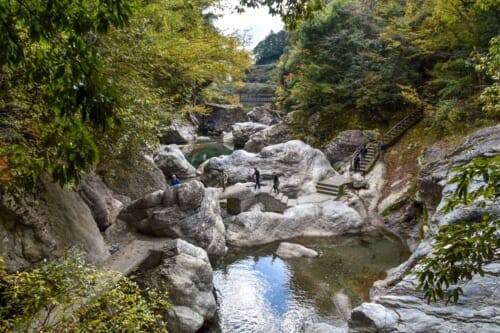
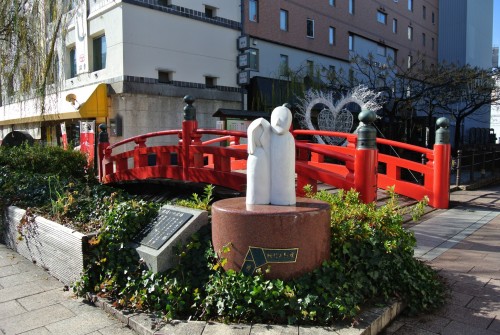
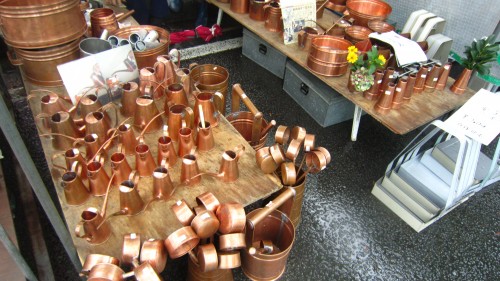
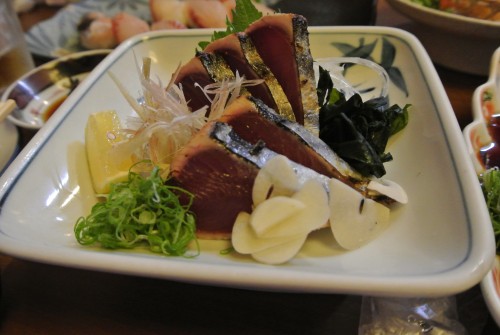
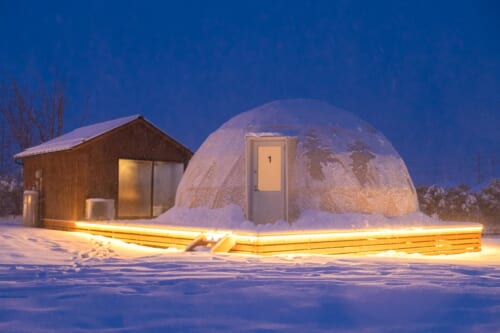
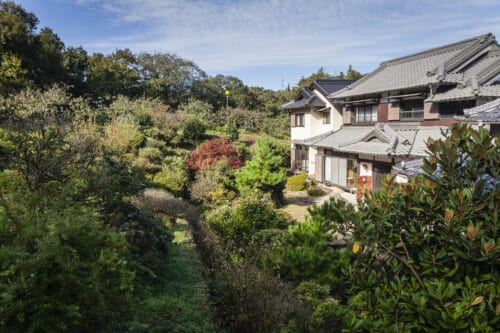
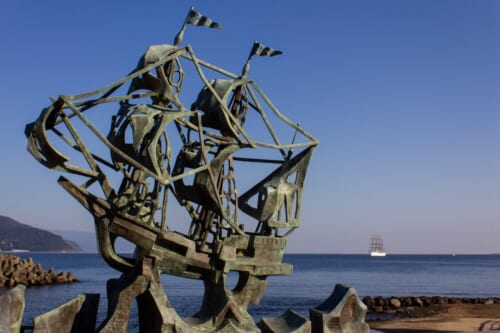
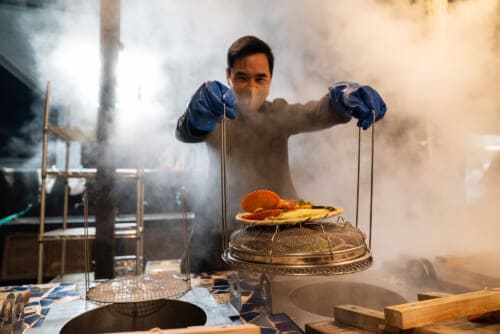
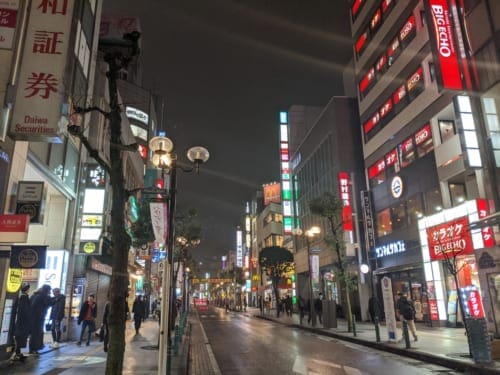
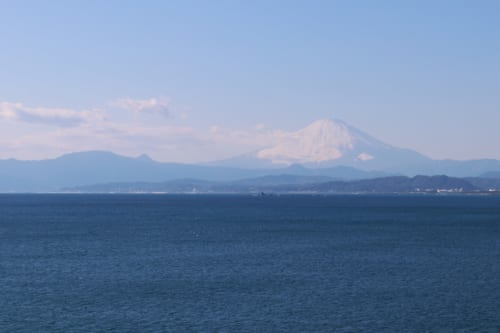


No Comments yet!